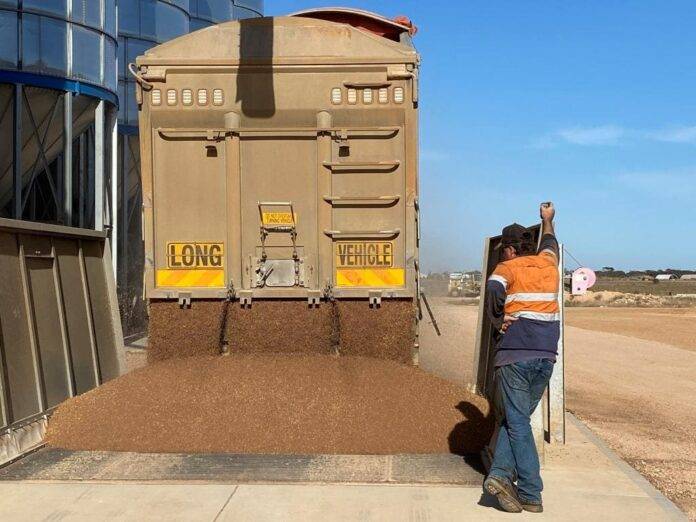Australia’s pulse exports for February 2025 showed a significant decrease compared to the previous month, according to the latest data from the Australian Bureau of Statistics. The country exported 298,792 tonnes of chickpeas and 149,111 tonnes of lentils in February. This represents a 48 percent decrease in chickpea exports from January’s total of 576,907 tonnes.
India remained the largest destination for Australian chickpeas in February, importing 235,264 tonnes. Pakistan was the second-largest market for chickpeas, receiving 37,817 tonnes, followed by Bangladesh with 14,344 tonnes. For lentils, India also emerged as the top market in February, importing 59,264 tonnes, followed by Bangladesh, Pakistan, and Sri Lanka.
The decrease in exports in February can be attributed to the closure of India’s tariff-free window, which ended on March 31. Despite the decline in total exports, Viterra announced the sale of Australia’s first lentil cargo under the Australia-India Economic Cooperation and Trade Agreement, which allows for reduced tariffs on lentil shipments.
The recent depreciation of the Australian dollar below US 60 cents has improved terms of trade for exporters. This depreciation has made Australian chickpeas and pulses more competitive in international markets, even with the full tariff in place. The reduction in tariffs under the trade agreement with India is also expected to boost exports of lentils in the coming months.
Australia’s chickpea exports to various countries in December 2024 and January and February 2025 are summarized in Table 1. The data shows a significant variation in export volumes to different destinations, with Bangladesh, Belgium, and Canada being major importers of Australian chickpeas.
Similarly, Table 2 outlines Australia’s lentil exports for the same period, highlighting the export volumes to countries like Bahrain, Bangladesh, and India. The data underscores the diverse market destinations for Australian lentils and the potential for growth in this segment.
In conclusion, Australia’s pulse exports continue to play a significant role in the country’s agricultural exports. The recent trade agreements and currency fluctuations have impacted the export dynamics, presenting both challenges and opportunities for Australian pulse exporters. With strategic market diversification and trade partnerships, the Australian pulse industry can navigate these challenges and capitalize on the growing global demand for pulses.



